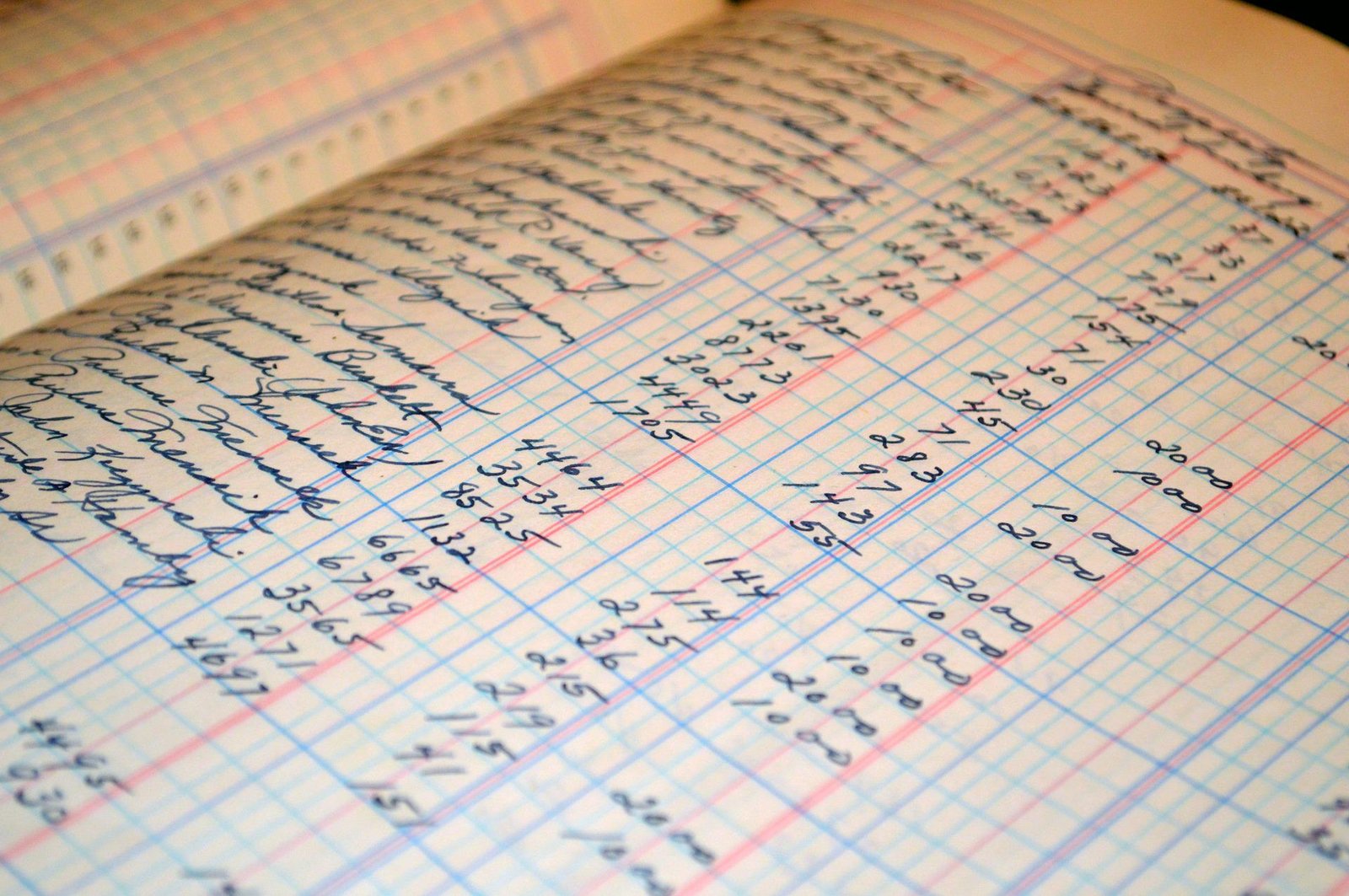Physical Address
304 North Cardinal St.
Dorchester Center, MA 02124
Physical Address
304 North Cardinal St.
Dorchester Center, MA 02124

Distributed Ledger Technology (DLT) is an upcoming technology that provides a secure way for people to send and store value without going through a central authority. DLT allows people to transact with each other directly, without the need for a third party to mediate their transactions. This could potentially revolutionize the way we do business online and make it easier and more secure for people to transfer money or assets without having to worry about fraud or theft.
The business models of the future will most certainly involve some sort of immutable database that will record transactions on blockchain technology.
One example of how DLT could be used is in the payment processing industry. Currently, when someone wants to make a payment, they need to go through a third party like Visa or Mastercard to authorize and process the transaction. With DLT, however, it would be possible to create a payment network that allows people to transact with each other directly, without the need for a middleman. This could potentially save businesses and consumers billions of dollars in processing fees.
When I was first introduced to the concept of distributed ledger technology, I was admittedly skeptical. After all, wasn’t this just another buzzword that would eventually fade into obscurity? However, after doing some research and getting hands-on experience with the technology, I quickly realized its potential for businesses.
Think about it – right now, if you want to send money or assets to someone else, you need to go through a third party like a bank or an escrow service. This can be slow, expensive, and risky, as there is always the possibility of fraud or theft. Have you ever sent a wire transfer before? I have, and it’s not a fun business process. You have to fill out forms, provide ID, wait in line at the bank and then hope that your money arrives safely at the other end. That’s right! There is no guarantee that your funds will show up on the other side and this is supposed to be the quickest and best way to send money! Good grief!
With distributed ledger technology, however, you could create a payment network that allows transactions peer to peer

Ledgers were originally in paper form, but have now been digitized. This makes them much more efficient and secure, as they can be accessed and updated by multiple people at the same time. DLT takes this one step further, by distributing the ledger across a network of computers, instead of just having it on one central server. This makes it much more efficient and secure, as the information or value is stored in a distributed way.
DLT builds upon existing technology such as blockchain, which was originally developed to create a digital currency like Bitcoin. Blockchain uses cryptographic algorithms to ensure that all transactions are securely recorded on the network. In DLT, this same technology is used to store information about financial transactions, as well as other types of valuable information and assets.
One of the key benefits of DLT is that it allows us to securely store and transfer value or assets without having to rely on a central authority. This means that we can trust the system to be secure and efficient, without having to worry about a third party in between.
Imagine this scenario: You’re a small business owner and you want to send a payment to your supplier in another country. Traditional methods of payment, like bank transfers, can be slow, expensive and insecure. With distributed ledger technology, however, you could create a payment network that allows people to transact with each other directly, without the need for a middleman.
Your supplier would receive the payment almost instantly, and you would save on processing fees. Sometimes these savings, based on current calculations, could be in the tens of millions of dollars, depending on the size of your organization, of course.
In addition to making business-to-business payments, DLT can also be used to:
– Store digital assets
– Record data – like land titles
– Process transactions
– Track goods and shipping
A centralized ledger could be seen as a single point of failure. For example, what if the ledger was hacked or shut down? With DLT, on the other hand, there is no single point of failure as the network is decentralized a truly peer-to-peer network.
Could you imagine a day when buying a home would require no paperwork?
This is a real possibility with the use of blockchain technology in conjunction with distributed ledgers. In this scenario, the title to the home would be stored on a blockchain and everyone involved in the transaction – including the buyer, seller, and banks – would have access to it. The transaction could be completed in a matter of hours, as opposed to the weeks or months it can take currently.
Here are 4 main advantages to using distributed ledgers:
1. Security: One of the biggest advantages of distributed ledgers is that they are much more secure than traditional databases. Because DLT is decentralized, there is no single point of failure, which makes it difficult for hackers to penetrate the system.
2. Speed: Another advantage of DLT is that it is much faster than traditional methods of payment. Transactions processed on a distributed ledger are typically confirmed within minutes, compared to the days or weeks it can take for a bank transfer on centralized ledgers.
3. Cost: DLT can also save businesses money, as there are typically no minimal processing fees associated with using this technology. The use of smart contracts can also help to automate routine business processes, which can save companies time and money.
4. Transparency: Distributed ledgers are completely transparent, which means that everyone involved in the transaction can see the details and validate transactions. This is a stark contrast to traditional banking systems, where transactions are often hidden from view.
As a business leader, you’re always looking for ways to streamline your operations and make your company more efficient. Distributed ledger technology provides a way to do that and more. With this technology, you can take advantage of the security, speed, and cost-saving benefits it has to offer.

Distributed ledger technology (DLT) and blockchain are two terms that are often used interchangeably, but they are actually quite different. DLT is an umbrella term that refers to any technology that allows for the secure and efficient transfer of value or assets without the need for a central authority. Blockchain is a specific type of DLT that uses a chain of blocks to store data in a secure and transparent way. while DLT can be used for a variety of purposes, blockchain is most commonly associated with the cryptocurrency space.
Distributed ledger technologies are variants of the basic idea of a ledger, which is simply a record of transactions. A distributed ledger is one where this record of transactions is spread across a network of computers, rather than being stored on a single central server. This has a number of advantages, chief among them being that it makes the system much more secure and resilient to attack.
Despite the many advantages of distributed ledger technology, there are still some challenges that need to be addressed. One of the biggest challenges is scalability, as the current generation of DLT cannot handle large volumes of transactions. This is an area that is currently being addressed by researchers and developers, and it is hoped that the next generation of DLT will be able to overcome this challenge.
Some companies working on this challenge:
– EY
– Microsoft
– IBM
– Deloitte
– PwC
– KPMG
– Accenture
There are a number of different types of distributed ledger technology, each with its own set of features and benefits. Some of the most common types include:
1. Blockchain: Blockchain is the most well-known type of DLT and is best known for its use in Bitcoin and other cryptocurrencies. Blockchain is a distributed ledger that uses a chain of blocks to store data in a secure and transparent way.
2. Directed acyclic graph (DAG): A DAG is a type of DLT that is similar to a blockchain, but does not use blocks to store data. Instead, each transaction is stored as a node in the DAG, and transactions are verified by the nodes that point to them.
3. Hashgraph: A hashgraph is a type of DLT that uses a directed acyclic graph to store data. Transactions are stored as nodes in the hashgraph, and they are verified by the edges that connect them.
4. Distributed hash table (DHT): A DHT is a type of DLT that uses a key-value store to store data. Nodes in the DHT are responsible for storing and retrieving data, and transactions are verified by a process of consensus.
5. Interplanetary file system (IPFS): IPFS is a type of DLT that uses a file system to store data. IPFS is designed to be used in conjunction with other types of DLT, and transactions are verified by the nodes that store the data.
This is only the beginning!
These are only a few examples of the different types of distributed ledger technology that are currently being developed. As this field continues to grow, we can expect to see even more innovative and exciting DLT solutions emerge.
Distributed ledger technology is a rapidly growing field, and there are already a number of different types of DLT that are in development. Each type of DLT has its own set of features and benefits, and it is likely that we will see even more innovative solutions emerge in the future.
The options are almost limitless, and it is clear that DLT has the potential to revolutionize the way we transfer and store value or assets. With the right development and adoption, DLT could change the way we interact with the internet, and the world, forever.